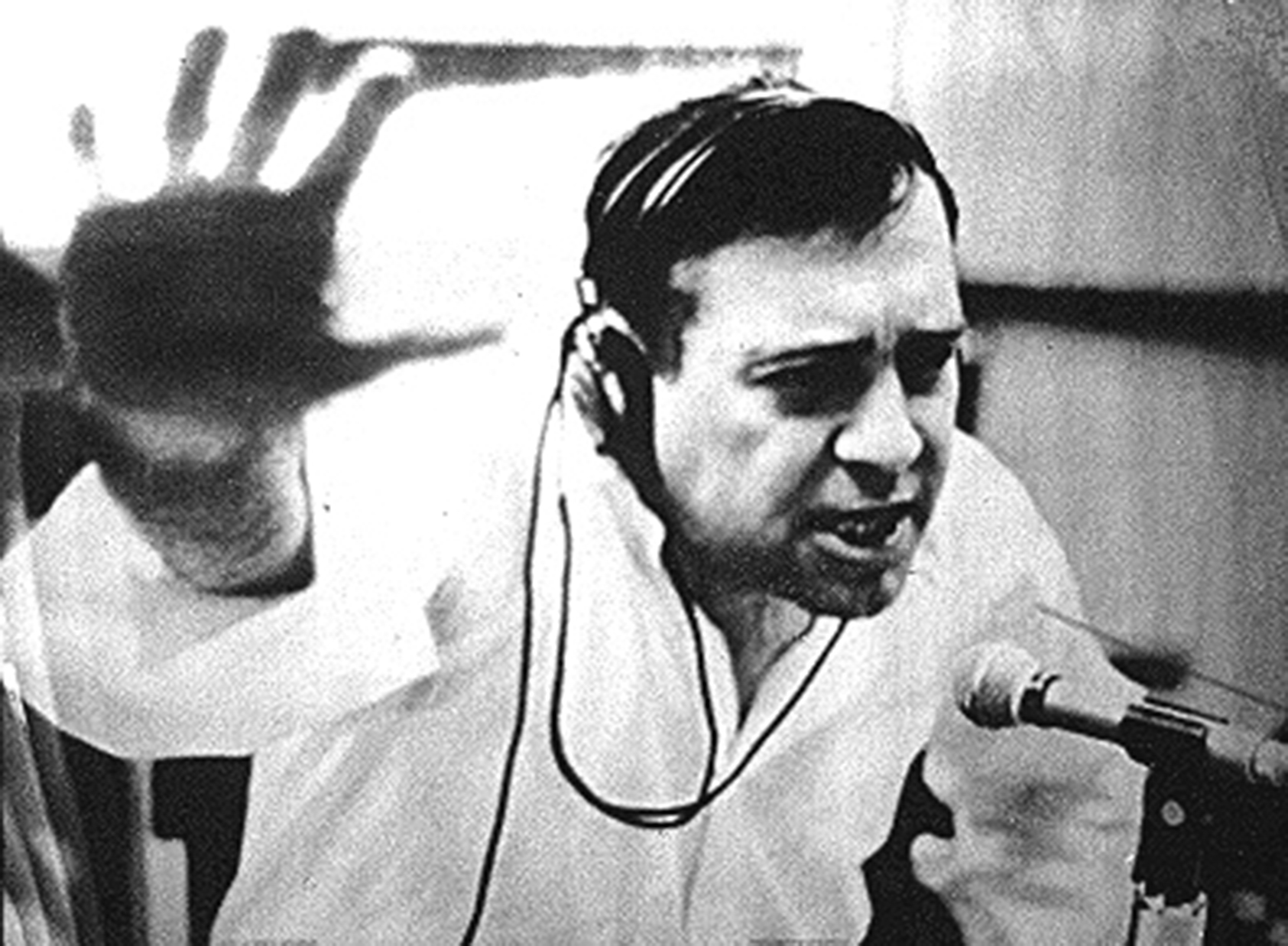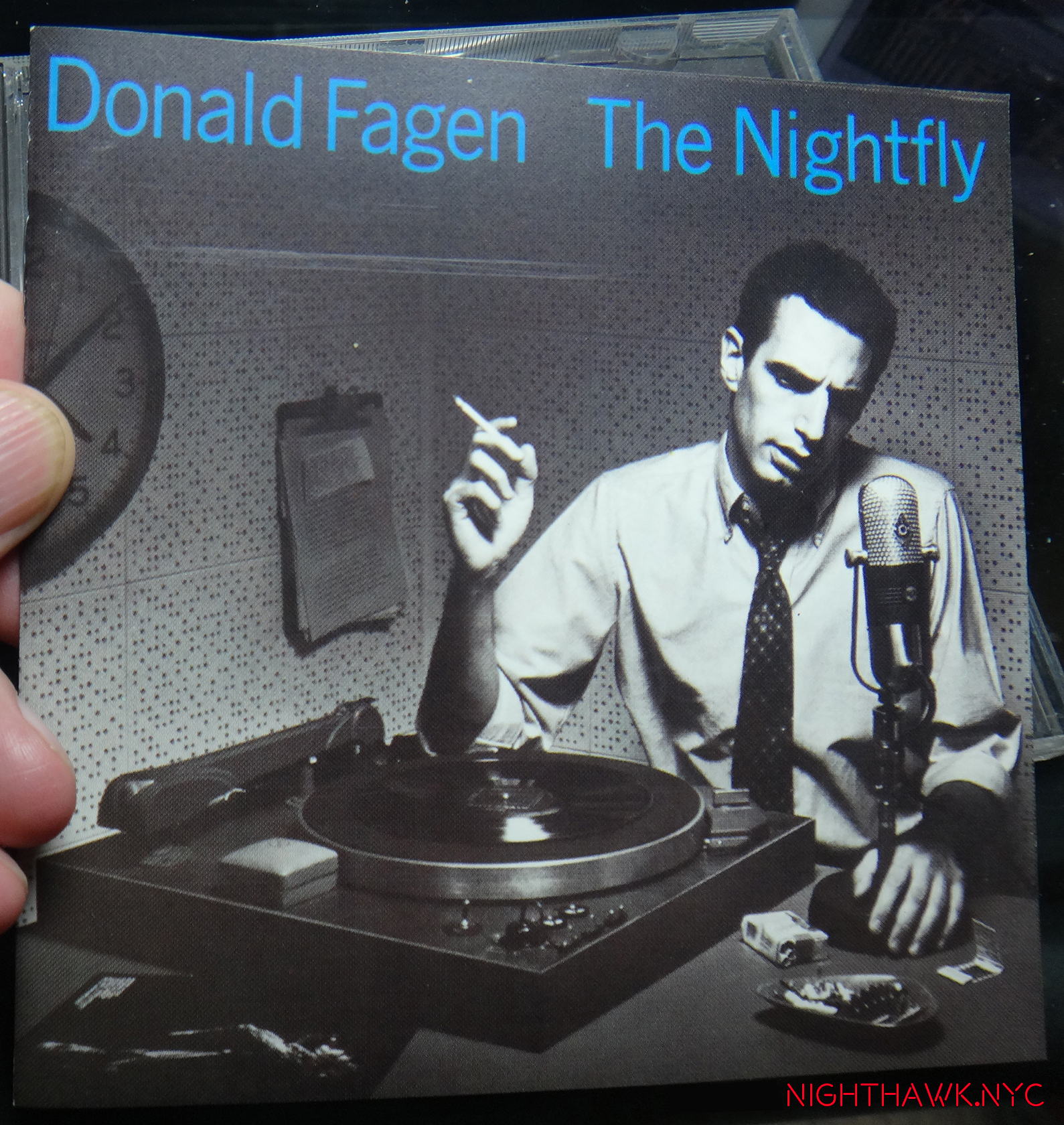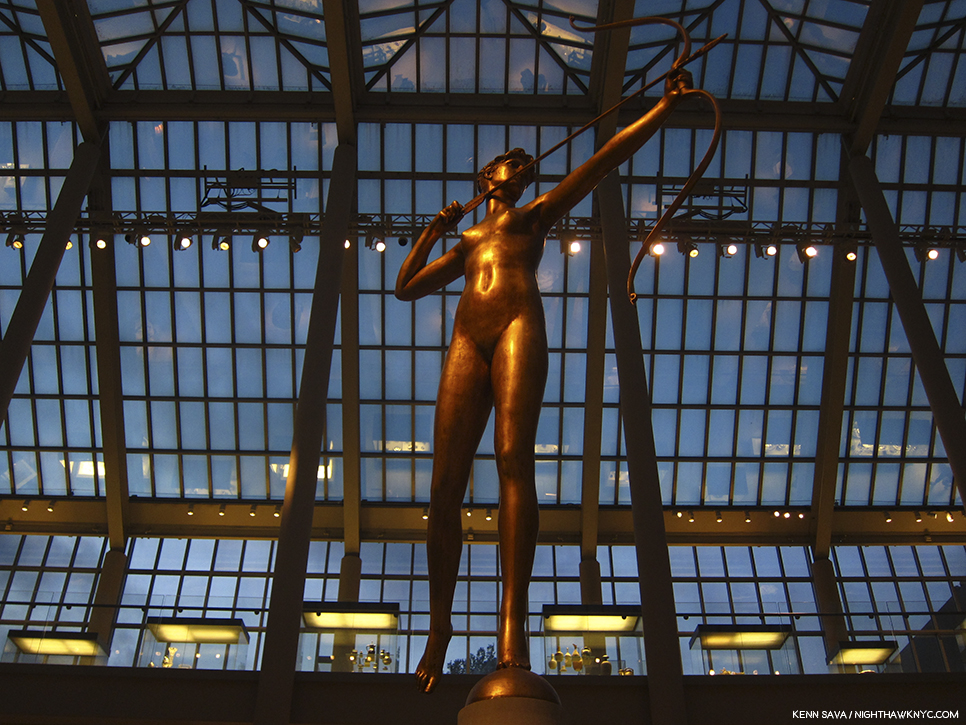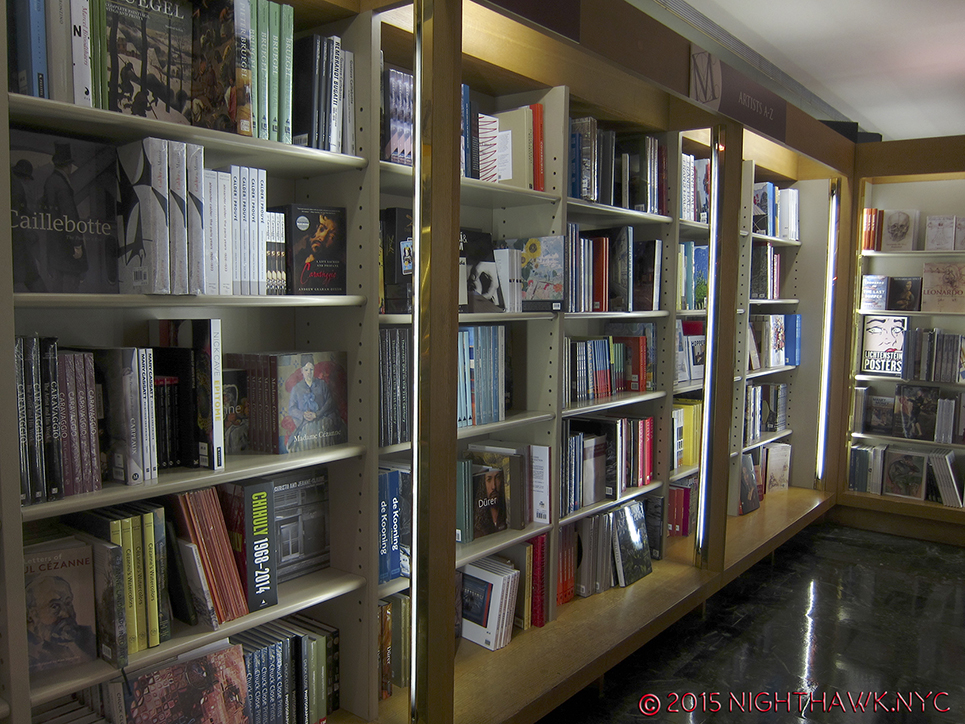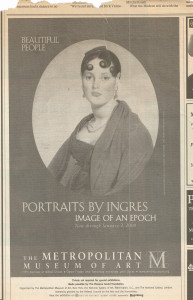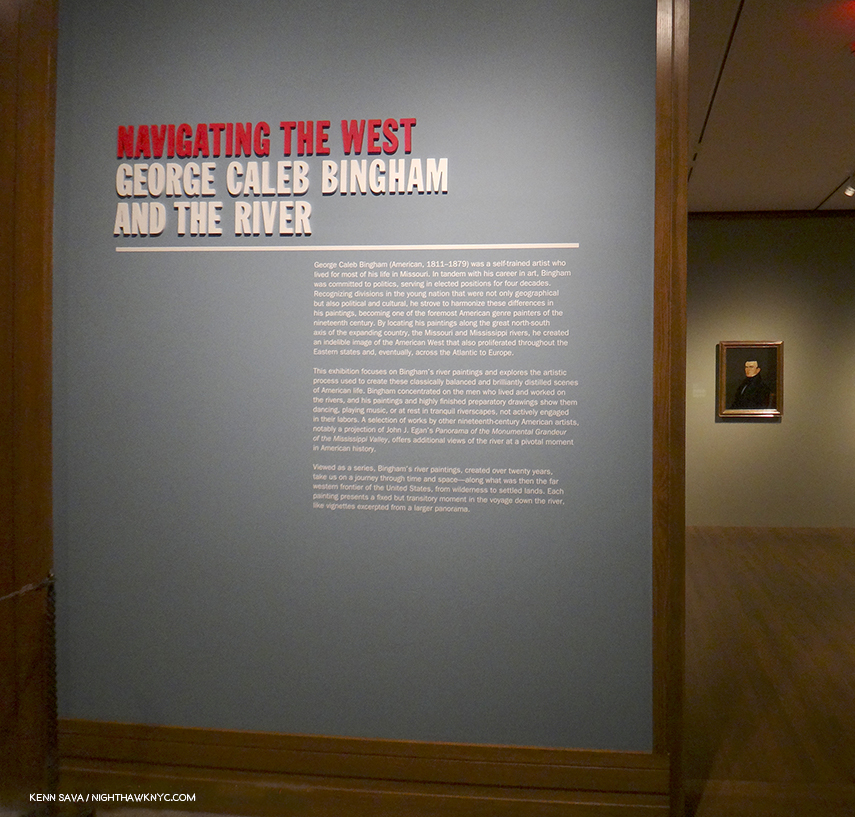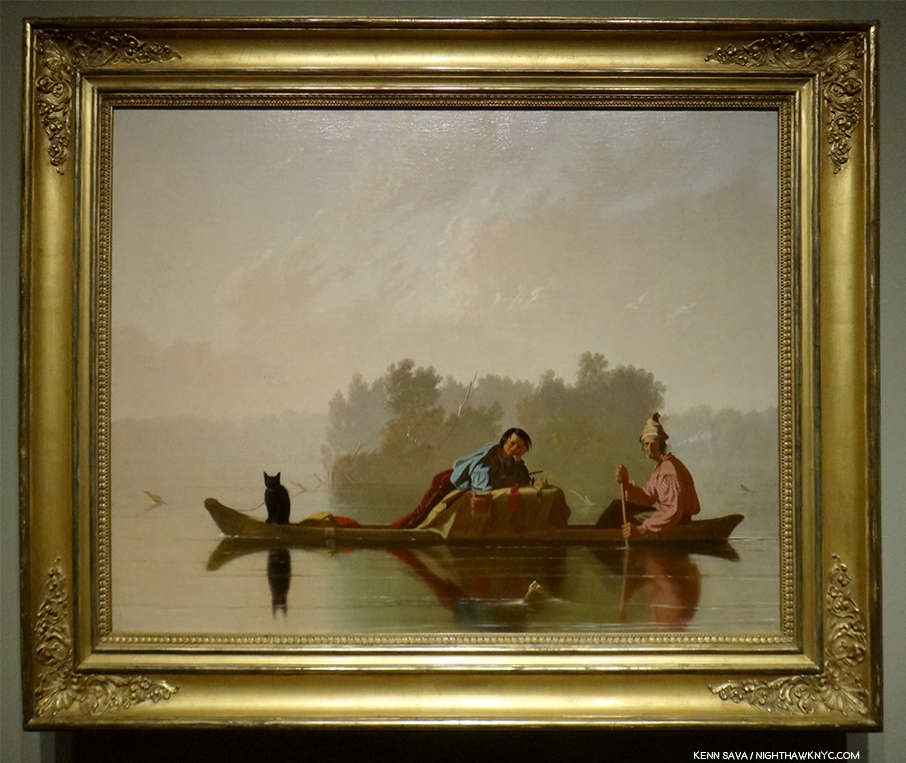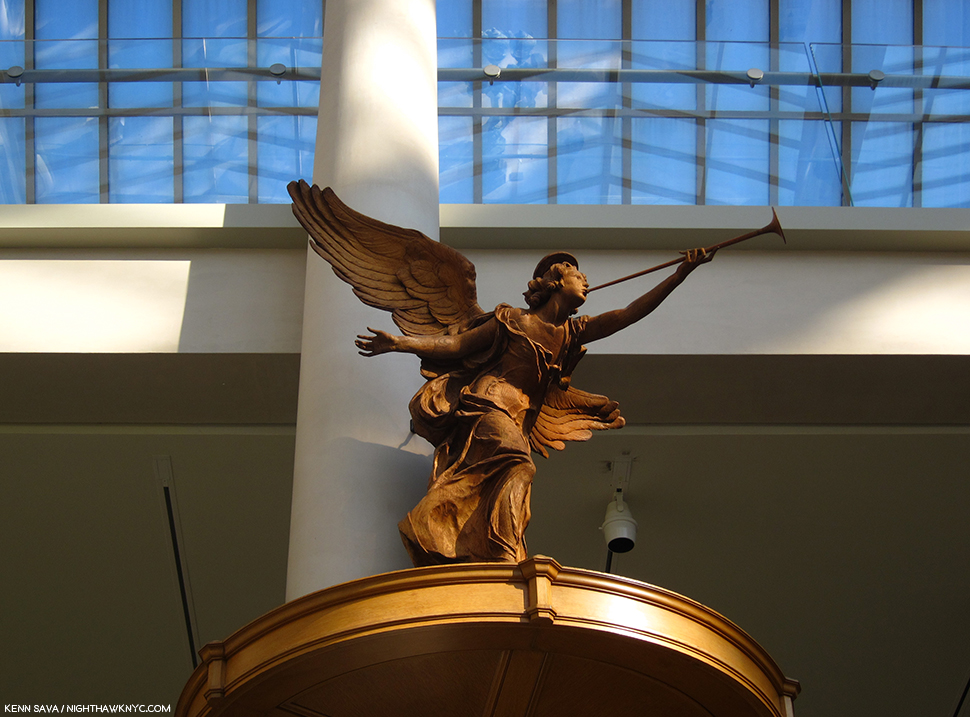This site is Free & Ad-Free! If you find this piece worthwhile, please donate via PayPal to support it & independent Art writing. You can also support it by buying Art & books! Details at the end. Thank you.
Written by Kenn Sava (Photographers unknown)
Even as a kid, I was usually alone. It was, and still is, hard to find those who share your interests in Art & Music. (NighthawkNYC.com is my way of reaching out to them now.) Art came first, Music came to me later. Still, early on I had a small radio I used to keep under my pillow at night cause I was supposed to go to sleep earlier than I wanted.
Cough.
I can’t really remember most of what I was listening to then, besides hearing R.F.K. get shot on a live broadcast from LA, but I became good at turning its small round tuner dial under my pillow without being able to see it, switching from station to station by guesstimating the distance the wheel had to be moved. All of that switching ended shortly after 11pm one lonely Saturday night.
That dial had found a program with no music. Just the sound of one guy talking. The first thing that struck me- What a voice he had! It turned out he was telling a story.
I listened.
And, I listened.
I kept listening. I was mesmerized.
I’d never heard anyone like him. I still haven’t. I’m STILL listening to him. That little radio has grown up to become my iPhone, where I listen to him now.
The stories came in a seemingly never ending stream, one upon the other, night after night. Only rarely was one repeated, and that’s the center piece of this piece. Many of them, as I’d come to discover, featured a recurring group of characters- his friends- Flick, Schwarz, Bruner, his younger brother, Randy, and the rest, with classic names like Ludlow “Lud” Kissel, Ollie Hopnoodle, Josephine Cosnowski, his mom and ESPECIALLY his dad, and their relatives and other neighborhood kids in the 1940’s and 1950’s, in Hohman (nee Hammond), Indiana, then on to his days in the army, stories from today based on seemingly inane, everyday events or triggers.
Such was the world of a man named Jean.
Jean Shepherd.
Known to his fans as “Shep.” Years later he became immortal, though it’s still a bit of a secret, much to my frustration. As my gift to you this Christmas, I’ll let you in on it-
The classic movie, A Christmas Story, is HIS story!
He wrote it. He narrates it. He appears in a scene in the movie. It’s a film that’s been seen to death in 24 hour marathons already, and will most likely be shown for as long as movies are watched.
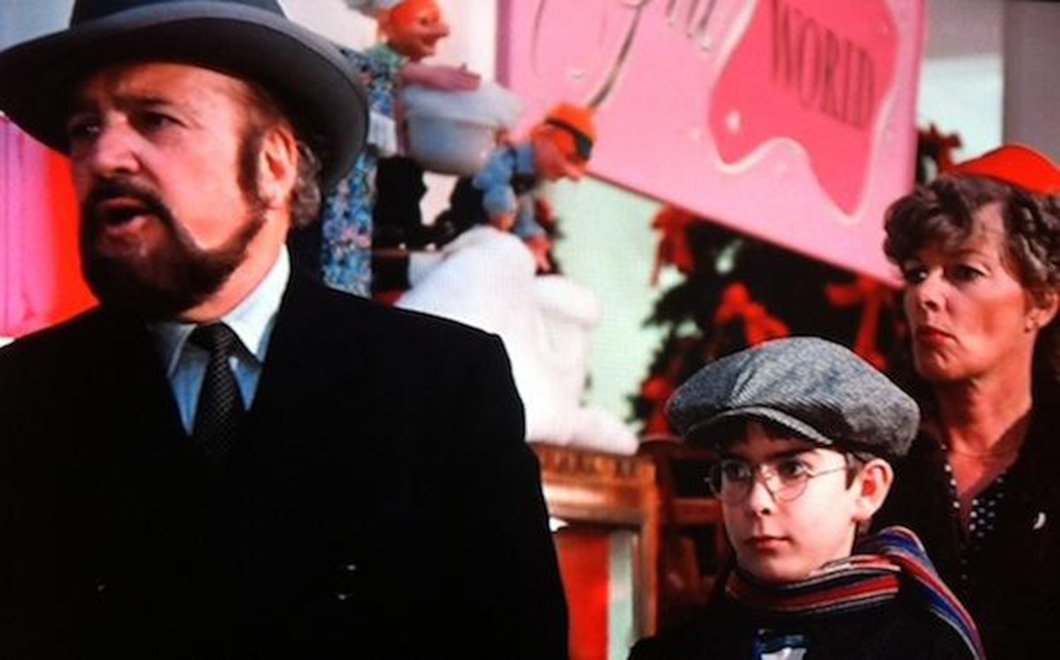
Shep, left, appears in a bit part in A Christmas Story- HIS story, which he also narrates, as only he can.
It began as a story in Playboy Magazine, home of all things Christmas, called “Duel In The Snow.” He won their annual best story award for it. Then, it was published in his book appropriately titled, In God We Trust, All Others Pay Cash. Due to overwhelming request, it became a “tradition” on Shepherd’s WOR Radio show that he would read it on Christmas Eve. Thank the universe someone recorded it, so now you can actually hear him perform it on December 24, 1974, 41 years ago tonite, here.
Can you imagine what it must have been like to hear Mark Twain, or Dickens read one of their stories?
For me, however, it’s a shame that more people don’t know who he is, what else he’s done, or know that he is, perhaps, the greatest American storyteller of the 20th Century.
But, “Shep” has not gone completely unnoticed through the years (he passed away in 1999). His influence lives! No less than Jerry Seinfeld has said that Jean Shepherd was responsible for forming “ my entire comedic sensibility.” Heavy praise, indeed. Steely Dan’s great lyricist Donald Fagen, apparently, was one of Shep’s “Night People,” as he called his listeners, devotes a chapter to Shep in his first book, Eminent Hipsters, and says=
“I started looking back at some of the things that used to inspire me as a kid, including some of Shep’s old shows, now available on the Internet. Hearing them almost a half-century down the line has been a trip. Despite the tendencies I’ve already mentioned (plus the gaffes one might expect from a wild man like Shep ad-libbing before the age of political correctness), much of the stuff is simply amazing: The guy is a dynamo, brimming with curiosity and ideas and fun. Working from a few written notes at most, Shepherd is intense, manic, alive, the first and only true practitioner of spontaneous word jazz. “ 1
This doesn’t surprise me- Fagen’s first solo album, “The Nightly,” seems to be a concept album about a late night DJ who spins jazz and talks, as is depicted on its cover. Hmmm…very similar to one Jean Shepherd. He’s, apparently, not a big fan of Shep the man, but I’ve learned to separate Art from life, even with artists like Donald Fagen, and I never met Shep.
A Christmas Story is only the tip of the Jean Shepherd iceberg. He was extraordinarily prolific in too many ways to count. Shep wrote stories for magazines, was one of the first writers at the Village Voice, wrote at least four books, preformed about 5,000 hours on radio, performed live in clubs and elsewhere, released 6 Lp’s (and did one with Charles Mingus), created a series of audio tapes.
If you’re new to Shep or want to see more after seeing A Christmas Story, it’s little known that he made a number of other films besides that are traded on places like archive.com among fans. His Great American Fourth of July and Other Disasters, is for me, every bit as good as ACS. See if you agree-
He also did a 13 Part series for PBS called Jean Shepherd’s America, two seasons of Shepherd’s Pie for NJ PBS, and a documentary on the history of his beloved Chicago White Sox, who would FINALLY win the World Series in 2005, five years after he passed, and the first time they won since 1917, four years before he was born!
His voice has become a very familiar sound in my life, his outlook, the way he remembers details that are so familiar to kids, yet unique to his experience, and how very New York this midwesterner became, with his jazz sensibilities and ability to free wheel with the best of them on his live radio show that was broadcast from the Limelight in Greenwich Village for a while on Saturday Nights. Shep nailed what it is to be alive in America in the last half of the 20th Century, from childhood on, and he did so with style, smarts, wit, irony and…that voice. Above ALL of this, he remains one of the only people who are continually described as a “raconteur.” I’ve always been jealous of that.
The Real Santa Claus will never be known. The man who is the creator of what has become one of contemporary America’s most beloved Christmas traditions should be. Still, in spite of all of this, and in spite of the joy he gives every year to viewers of A Christmas Story, his name is rarely spoken. He’s become a Ghost. The Ghost of Christmas present, and Christmas to come when his movie will be played yet again countless times. I’m hoping this Christmas Eve people will take a break from the movie to look him up and check him out.
For me, and many others growing up, as I continue to discover, Jean Shepherd was “the voice in the dark.” For millions of others now and not yet born, ACS is the most likely way they’ll discover him. It’s left to fans like me, to pull a coat here and there. It’s left to word of mouth. If you smiled watching A Christmas Story, say a silent “Excelsior!,” his motto, and pass his name along to someone else.
The author of “A Christmas Story” was, perhaps, the greatest American Storyteller since Mark Twain. Art & Culture are two of the pillars of any culture or civilization. They don’t only live in the past, they have a real role to play in reminding us who we are, where we came from and inspiring those who are coming next.
Pay Shep Forward.
“Yes, Santa smoked Camels…just like my Uncle Charles.”
Excelsior!, Shep. Thanks, and Merry Christmas, man.
*-Soundtrack for this post is “Bahn Frei” (Fast Track) by Eduard Strauss, Jean Shepherd’s theme song for his WOR Radio show, as performed by Arthur Fiedler & The Boston Pops Orchestra, in the fastest version I’ve ever heard of it, and now, the only one I can listen to of it. If it weren’t for Shep the name of Eduard Strauss would be as forgotten today as Jean Shepherd’s should never be.
To experience more of Shep, the easiest way is to do a “Jean Shepherd” search on youtube.com. Also check out the link I posted above for archive.com. There are also fan created sites, like flicklives.com. There are sellers who offer collections of his radio shows, films and TV shows on CD/DVD on eBay, taking advantage of the fact that there is no estate watching over them. Unfortunately, for some of the rarest Shep, this is the only way to experience them. Since much of his work was done for PBS, I call out to them to re-broadcast it!
NighthawkNYC.com has been entirely self-funded & ad-free for over 8 years, during which 300 full-length pieces have been published! If you’ve found it worthwhile, PLEASE donate to allow me to continue below. Thank you, Kenn.
You can also support it by buying Art, Art & Photography books, and Music from my collection! Art & Books may be found here. Music here and here.
Written & photographed by Kenn Sava for nighthawknyc.com unless otherwise credited. To send comments, thoughts, feedback or propositions click here. Click the white box on the upper right for the archives or to search them. Subscribe to be notified of new Posts below. Your information will be used for no other purpose.

